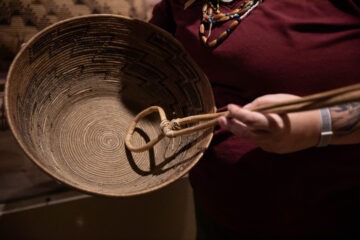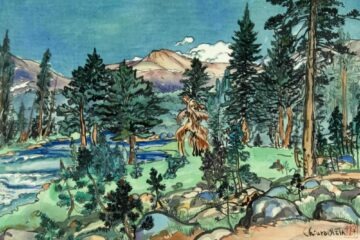A shorter version of this Q&A appears in our November 2020 magazine.
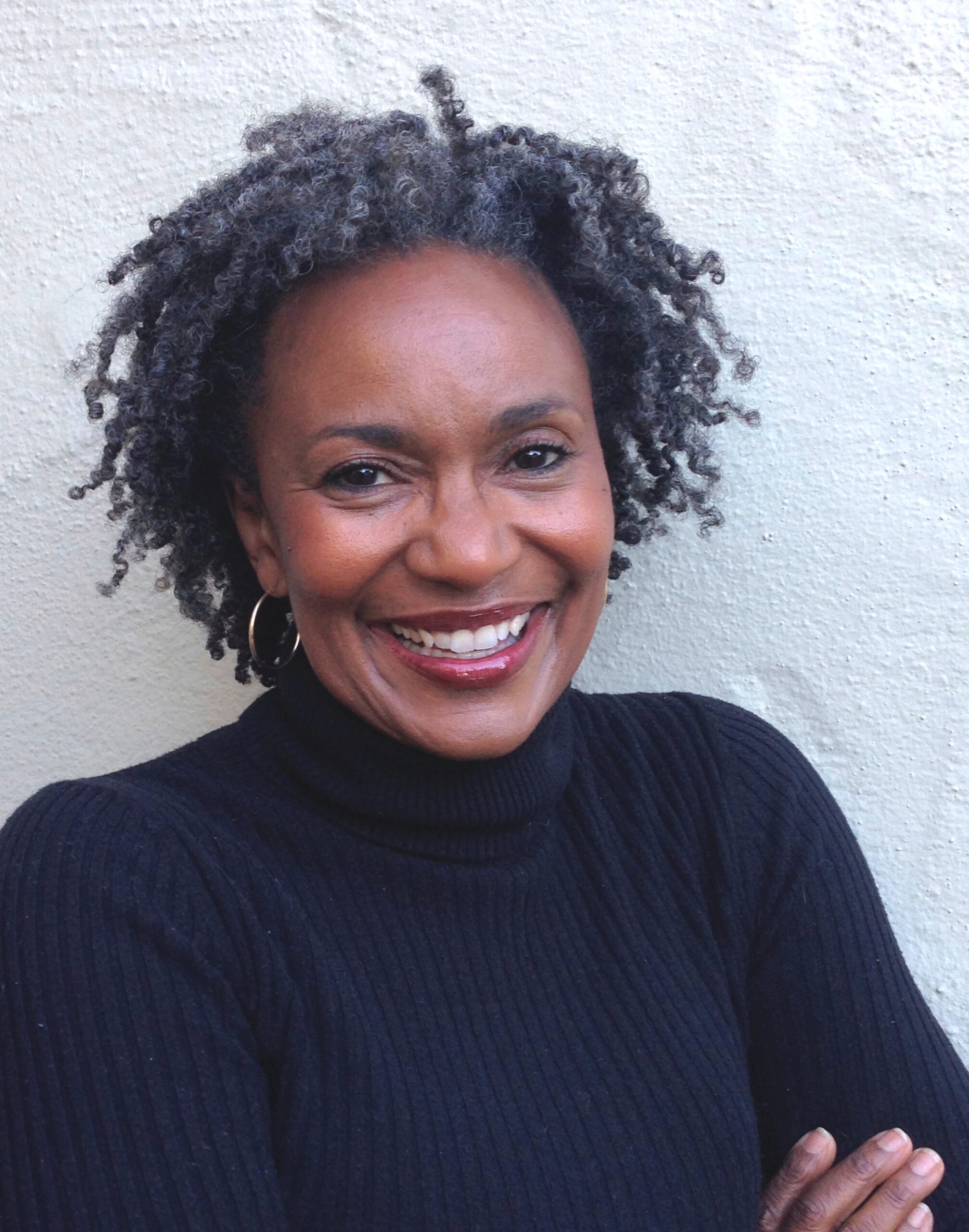
Carmen Bogan, author of Where’s Rodney?.
In 2017, Yosemite Conservancy published the children’s book Where’s Rodney?, about a young Black child who visits a big park, written by Carmen Bogan and illustrated by Floyd Cooper.
Since then, the critically acclaimed book has continued to fly off our shelves. We checked in with author Carmen Bogan about Where’s Rodney? and what’s next for her writing. Bogan, the founder of Dream On Publishing, is also an experienced consultant, speaker and public health professional. She lives in Oakland, California.
What inspired you to write Where’s Rodney?
For 12 years, I was the Bay Area’s physical activity specialist with the California Department of Public Health. I actually got paid to design programs that taught people the connection between physical activity and their health. This also involved convening public health professionals and local, regional, state and national parks organizations, emphasizing the key role parks play in overall public health. This is particularly true of low-income children, youth and families who often lack access to parks, health programming and safe, walkable neighborhoods.
While working for the California Department of Public Health, I collaborated with Michele Gee, Chief of Interpretation and Education for the Golden Gate National Recreation Area. She told me about a little brown boy and his family who lived in San Francisco’s Bayview-Hunters Point area and got to see Crissy Field and the Presidio for the first time through one of Gee’s programs. They were amazed at the beauty and majesty, and astonished that it was right there in their own city. That story inspired me to write the book.
Why did you choose to send Rodney to a park?
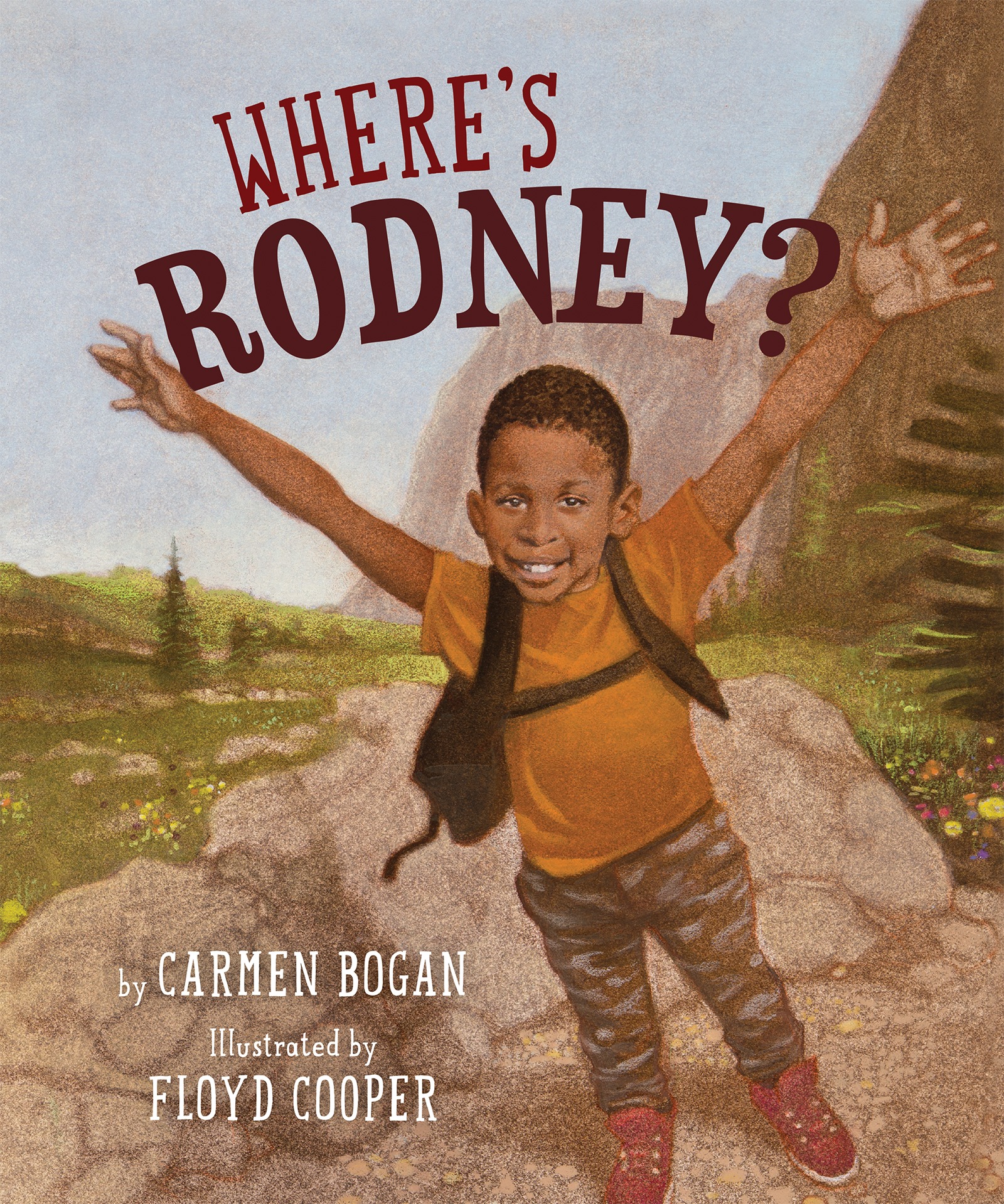
I’ve met many kids like Rodney. When I was in elementary school in Compton, “Rodney” was the smart, antsy kid who seemed to take pride in hiding his genius. He preferred to sit on his desk rather than on his chair. When asked a question, he preferred to perform his own version of “Showtime at the Apollo” in the back of the classroom. And Rodney was the one who stood at the window during class looking out, because he just wanted to be outside.
But he couldn’t imagine going to any park, let alone a national park. In his experience, parks were dangerous. Where’s Rodney? shows what happens when that child has the chance to touch nature, and how a single experience can change someone’s perspective.
This book features one main character, but that’s not the whole story. Who, and what, is Where’s Rodney? about?
Where’s Rodney? is about environmental justice. It’s about all children in underserved, under-resourced communities. It just happens that I created one Black boy to tell the story of many children of all colors. Some have a park within walking distance, others don’t have access to any outside spaces. Sometimes there are parks around, but they’re not safe, or there’s limited transportation. That’s why I advocate for community collaborations, to bring together parks organizations, educational institutions, transportation agencies and food service organizations, for example.
As you’ve noted, Where’s Rodney? isn’t only written for children of color. Why is it important that white children, and the adults in their lives, also read stories that center children of color?
Children’s book should reflect our society. Reading diverse books expands children’s perspectives, develops their understanding of our collective humanity and helps them appreciate diversity.
I’m fortunate to live in Oakland, which has more than 50 distinct neighborhoods and is the most ethnically diverse city in the U.S. More than 125 different languages are spoken here. When I visit an elementary school in Oakland with a book like Where’s Rodney?, the second- and third-graders understand that the character is a kid of color, but I doubt they give much thought to his ethnicity. To them, it’s the norm.
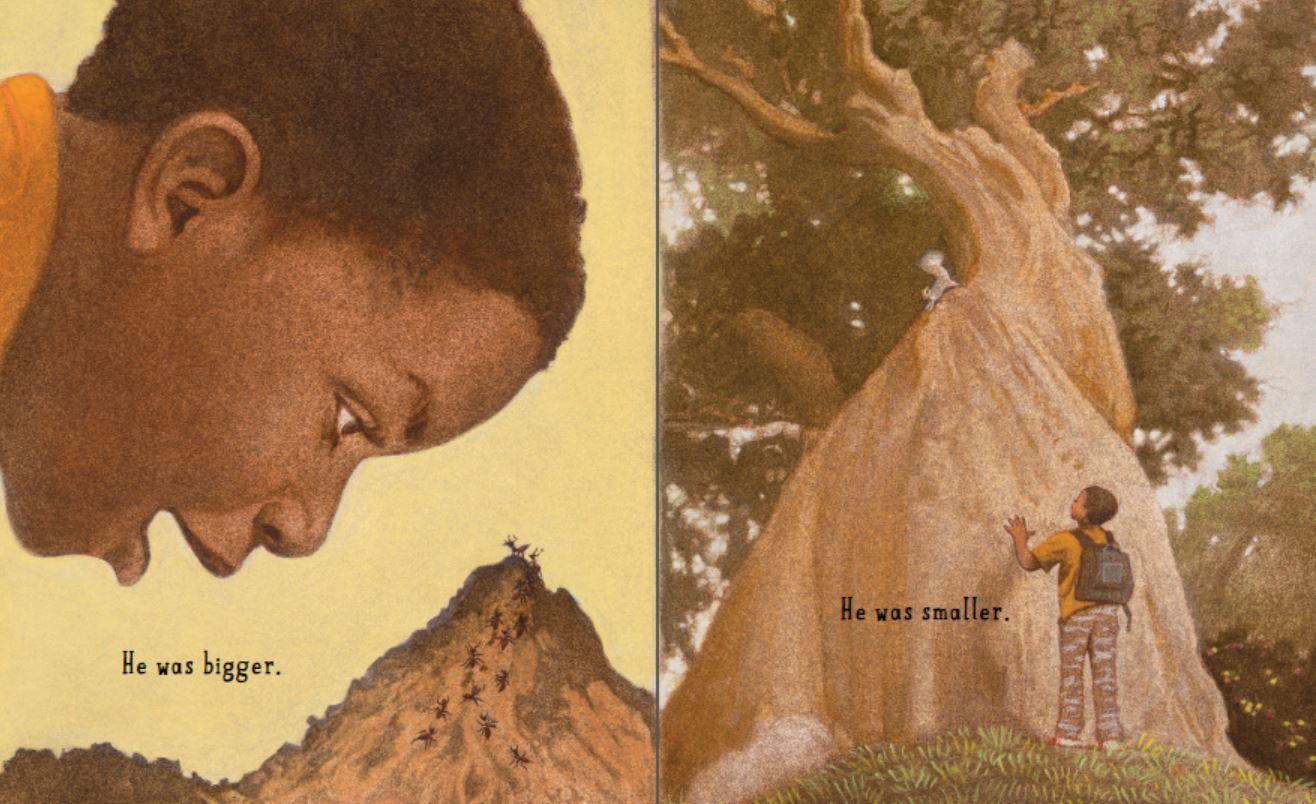
A pair of pages from Where’s Rodney?, written by Carmen Bogan and illustrated by Floyd Cooper.
What response has the book received?
This story has touched the hearts of so many children and adults. When I first shared it with some colleagues in public health, their response surprised me: They teared up. This happened again and again. We know the role nature plays in the development of the whole child, and in our development as grownups. It’s heartbreaking to know that some children can’t have that experience.
Sometimes folks seem to forget that Rodney is a fictional character. They refer to the book as “Rodney.” The most heartwarming responses I have received are from Black children. They love the book but are fascinated by the fact that a Black person is the author! Some come up to me and say incredulously, “You wrote Rodney?”
How can books, especially children’s books, play a part in building a more inclusive outdoors?
I see it the other way around: This is will be a difficult question to answer until parks organizations are more inclusive. Traditionally, people of color have not been well represented in that field. Fortunately, there’s movement to open doors and attract more young people of color to careers as parks professionals.
That said, when given the choice, we as authors, publishers and others in the book field should make the conscious decision to ensure that multiculturalism in our books is the rule rather than the exception.
What’s next for you? We heard you’ve been working on a new project?
Yes, Tasha’s Voice is a companion to Where’s Rodney?. I’m so excited about it. Tasha is a quiet, somewhat shy girl who visits that same park on the same day as Rodney. Being in the park helps her to find her voice. The book carries a valuable message to girls about the importance and power of their voices. Rodney might even make an appearance!
We’re excited to share that Where’s Rodney? will be available as a paperback and ebook in February 2021. In the meantime, you can purchase your hardcover copy today! Tasha’s Voice — which, like Where’s Rodney?, is illustrated by Floyd Cooper — will be published later next year. Follow us on social media (@yosemiteconservancy on Facebook and Instagram, and @yoseconservancy on Twitter) for updates and to learn about other books that celebrate kids getting outside!
Above (top image): Floyd Cooper’s illustrations draw readers in as the story follows Rodney from his classroom to a big park. (They also inspired a bird’s nest craft project that kids completed when Carmen Bogan came to Yosemite for a reading of Where’s Rodney? in 2017.)


